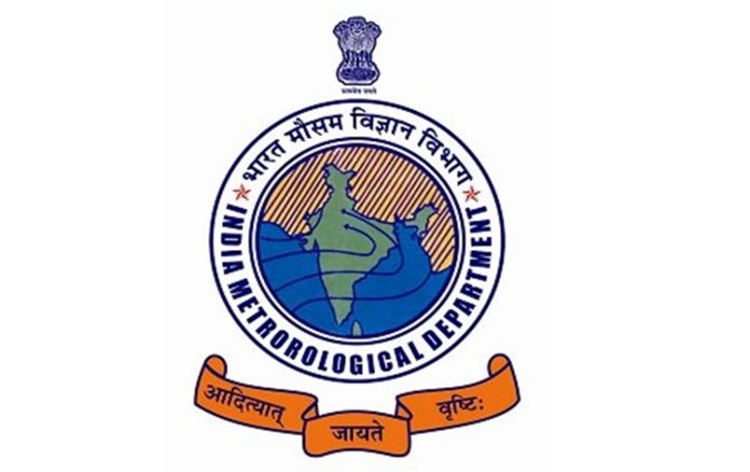India’s monsoon rainfall hit its lowest level since 2018,primarily due to the El Nino weather pattern, which resulted in an unusually dry August, as reported by the state-run weather department.
The monsoon, critical for India’s $3 trillion economy, supplies about 70% of the necessary rain for crops and water sources. This summer’s rainfall shortage may lead to higher prices for staples such as sugar, pulses, rice, and vegetables, contributing to overall food inflation.
Reduced production due to uneven rain patterns could also prompt India, the world’s second-largest producer of rice and wheat, to impose further restrictions on the export of these commodities.
There is even potential for New Delhi to consider a ban on sugar exports.
Rainfall from June to September was 94% of the long-term average, the lowest since 2018, according to the India Meteorological Department (IMD). Despite an expected 4% rainfall deficit for the season, assuming minimal El Nino impact, the IMD noted that El Nino typically brings drier conditions to the Indian subcontinent.
Due to the fluctuating monsoon patterns, June witnessed a 9% below-average rainfall due to a delayed onset, while July saw a 13% above-average rebound. August marked a record 36% rainfall deficit, but September saw a recovery with a 13% surplus, as reported by the IMD.
Looking ahead, the weather department expects normal rainfall from October to December but anticipates above-normal temperatures in most parts of the country during October.
(Inputs from Reuters)














